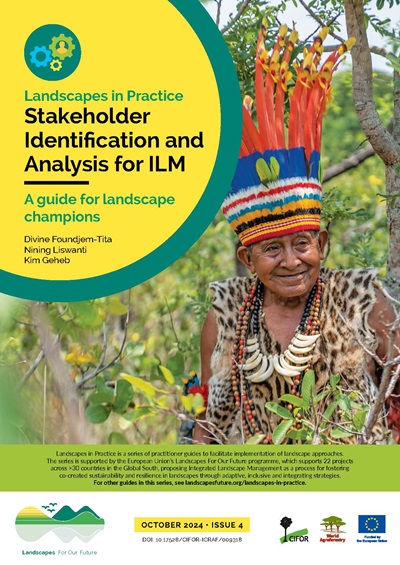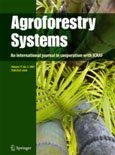In the Andes, demand for water is growing and upland land-use changes are increasing. Water quality, quantity and seasonal flow have thus also become environmental services with potential monetary value. Yet, currently the region's pioneer PES schemes are not paying for measured environmental services, but for proxy land uses thought to provide the(se) service(s). Hydrological modeling makes explicit the tacit causal relationships and tests underlying assumptions. Ideally, when combined with an economic analysis of land-use alternatives, this could inform decision makers on how much to pay for different interventions in different spatial locations. This paper focuses on two Andean watersheds: Moyobamba (Peru) and Pimampiro (Ecuador). In the first case, amunicipal water company is preparing a payment for environmental services (PES) scheme to reduce upstream sediment loads. In the second, a similar conservation-oriented municipal PES scheme has operated since 2000, but the hydrological linkages have never been tested. Applying the Soil & Water Assessment Tool (SWAT), we identify in both watersheds biophysically critical areas for service delivery, and compare services for current land uses with change scenarios: deforestation, reforestation, live barriers, and agroforestry. We then use the ECOSAUT optimization model to predict net economic benefits for service providers. In Moyobamba, switching to shade-grown coffee would halve sediment yields, and increase significantly farmers' economic benefits. This requires high up-front investment, but the willingness to pay of water users in Moyobamba town may suffice to cover the upfront costs. In Pimampiro, resumed deforestation would increase sediments by >50% and reduce dry-season flow by 0.5%, thus reinforcing the rationale of the existing PES scheme, focused on conserving native forests and grasslands. Copyright 2009 Elsevier.
DOI:
https://doi.org/10.1016/j.foreco.2009.04.032
Altmetric score:
Dimensions Citation Count:
























